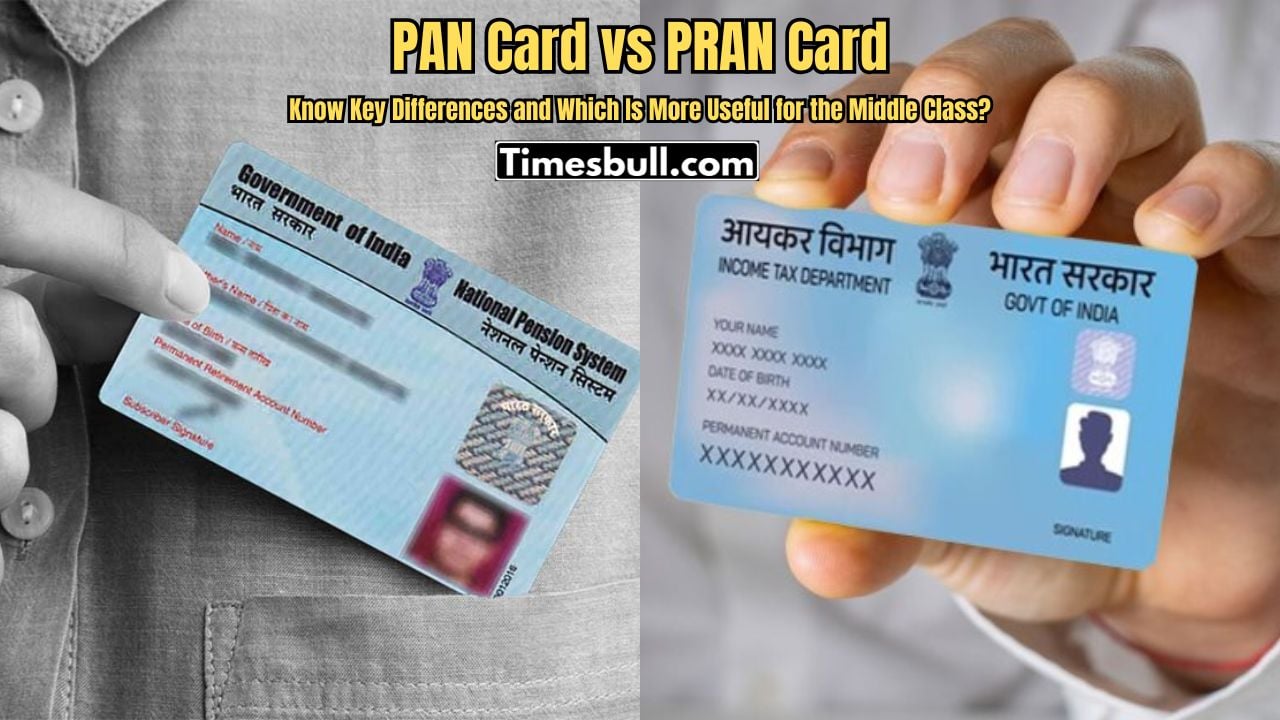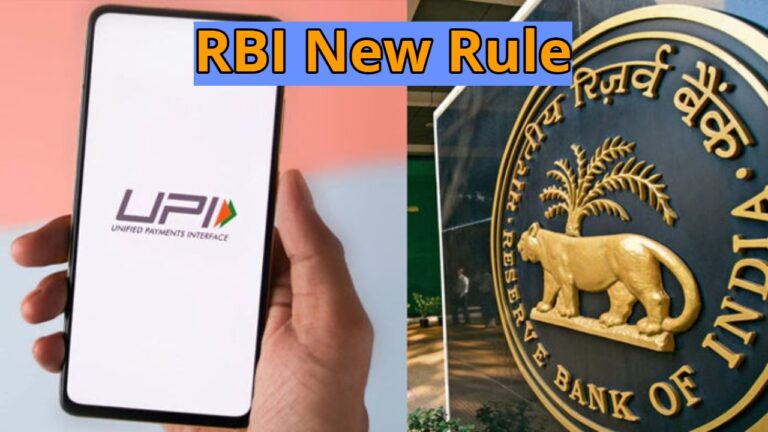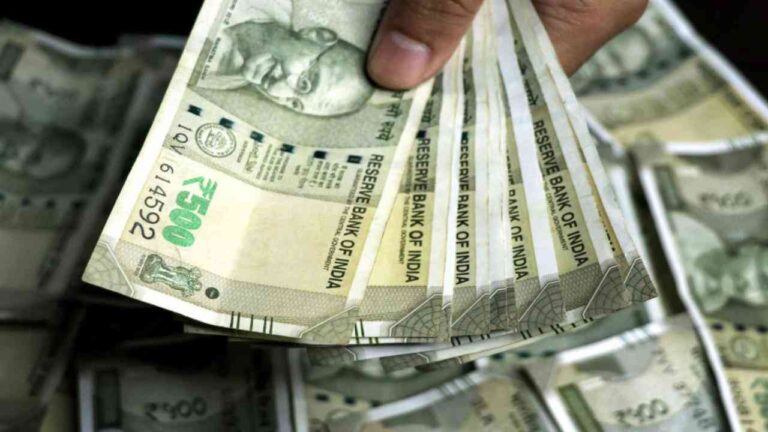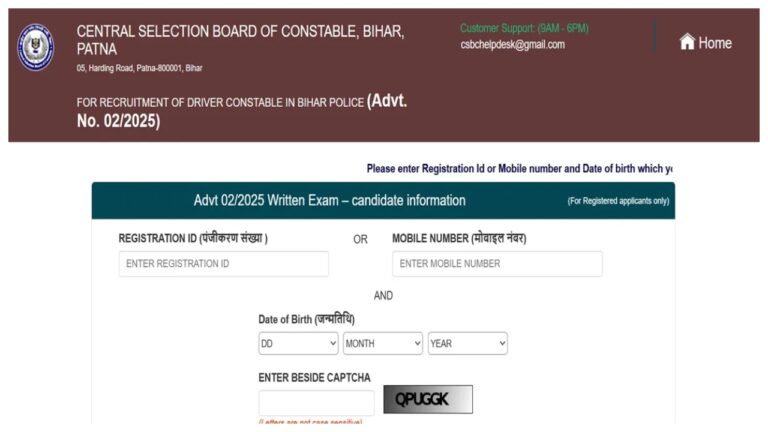The PAN card is mandatory for all citizens of the country, especially for taxpayers. It has a unique 10-digit number. On the other hand, the PRAN card stands for Permanent Retirement Account Number Card, which also contains a unique 12-digit number. While both cards may look similar, their purposes are different. The PAN card is related to the Income Tax Department, whereas the PRAN card is associated with the pension plan.
Difference Between PAN Card and PRAN Card
What is a PAN Card?
The Income Tax Department issues the PAN card. It contains a 10-digit alphanumeric number and is mandatory for all taxpayers. It is essential for managing tax-related transactions and banking information, and it is required when filing your Income Tax Return (ITR).
What is a PRAN Card?
The PRAN card stands for Permanent Retirement Account Number. It is issued to people who invest in the National Pension System (NPS). The card contains a 12-digit number and is provided by the National Securities Depository Limited (NSDL). It helps track NPS investments and transactions, ensuring pension benefits are provided.
Two Types of NPS Accounts under PRAN
There are two types of NPS accounts under PRAN—Tier I and Tier II. These accounts help investors manage their pension funds.
How to Apply for a PRAN Card?
You can apply for a PRAN card through the NSDL portal. The application requires KYC documents and a photo for verification.
Who Maintains PRAN Records?
The Central Recordkeeping Agency is responsible for maintaining records related to PRAN.
Important Information About PAN Cards
Only one PAN card can be issued to a person, and the Income Tax Department strictly regulates it.










